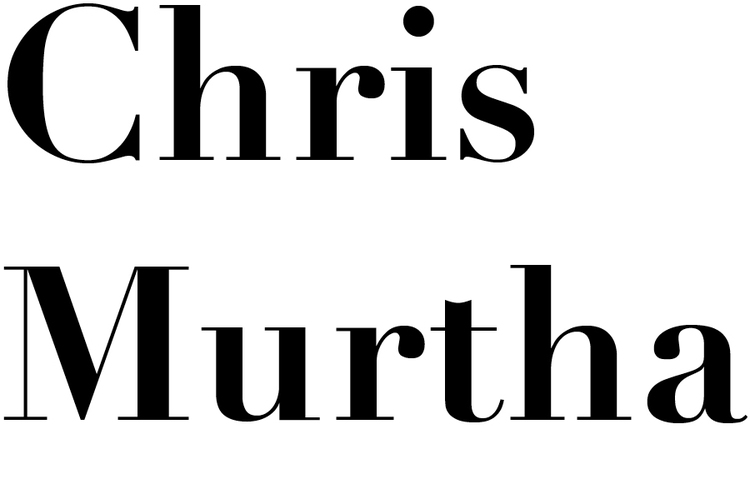I recently wrote two reviews for Artforum.com. The first, on Arlene Shechet’s second exhibition with Sikkema Jenkins & Co, was an absolute honor to write. Though primarily known for her ceramics, Shechet’s work has evolved from one material to another over the course of her career, and here she begins a new chapter with a series of hardwood sculptures.
The second piece reviews Polish artist Honza Zamojski's exhibition in the compact East Village gallery of OSMOS, aphotography journal. Zamojski, whose impressive multidisciplinary practice also includes writing, curating, and publishing, performs a series of subversive interventions with black-and-white photographs of magnet sculptures.
Arlene Shechet
Turn Up the Bass
Sikkema Jenkins & Co.
On view through November 12
www.artforum.com/picks/id=64323
Honza Zamojski
Ghostism
OSMOS Address
On view through December 4
www.artforum.com/picks/id=64478
Top and bottom: Installation views, Arlene Shechet, Turn Up the Bass, Sikkema Jenkins & Co.,
October 13 – November 12, 2016; Middle: Installation view, Honza Zamojski, Ghostism, OSMOS Address, October 14 – December 4, 2016. (Photos: Chris Murtha)
